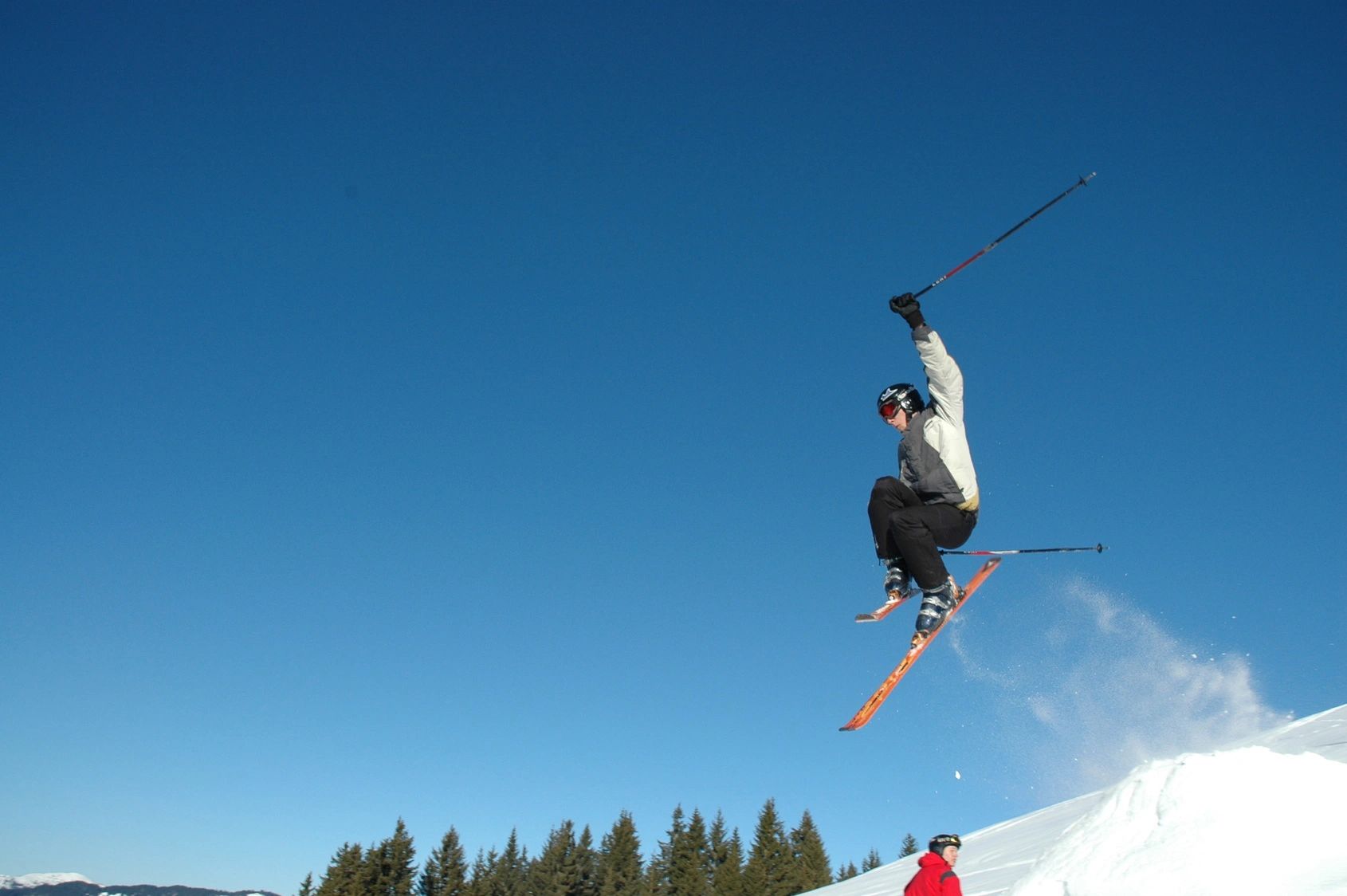My hip is sore, do I have arthritis?
Hip pain is common and often misdiagnosed. Around the hip there are many structures which can become painful, hence limiting the ability to do the activities we enjoy. The hip, like the shoulder, is a ball and socket joint. The hip is designed to create movement and transmits forces from the legs into the pelvis and trunk. There are many muscles which attach around the hip such as the gluteals, piriformis and adductors. These provide stability to the joint and allow us to move in multiple directions. When assessing people with hip pain we need to think…
Is it the joint?
People will often get told that they have hip arthritis, that there is “bone on bone” or “wear and tear” which is causing their pain. However studies have shown that it’s not this simple. People can have signs of arthritis on scan’s and have no pain and function normally. So is it really arthritis causing the pain?
Getting a clear diagnosis is important and yes in the severe cases getting a surgical opinion may be helpful, however it’s important to explore the conservative options (advice, exercise and hands on therapy) first. Improving the strength, stability and mobility of the joint can help manage joint pain. The aim is to help reduce the pain episodes, allowing you to return to the activities you enjoy most – playing golf, picking up the grandkids or getting through a pilates class without pain.
Is it the tendon?
Hip pain is not always from the joint. We can have pain due to the tendons, most commonly the gluteal or adductor tendon. As you might recall the tendon (see blog here) is the tissue connecting a muscle to a bone. It acts as a spring and is very strong. Tendons can become painful and irritated when being overused or compressed for long periods of time.
Gluteal tendinopathy is most common and presents as pain on the outside of the hip. It is more common in females. After being assessed, having a plan to slowly increase the strength of the tendon is important, progressing from slower, controlled movements and building towards more explosive, quicker movements.
Is it referred pain from elsewhere?
Referred pain (coming from somewhere else in the body) is common around the hip. Pain from the low back, presenting as hip pain is common. When investigating the causes of your hip pain, we make sure we check the areas above and below the painful area.
If the hip has reduced mobility, stability or strength, load can get shifted into other areas such as the low back or even the knees. This then can exceed the capacity for these areas to withstand these forces and thus may lead to potential irritation. So when having your hip pain assessed it’s important we don’t miss any other areas contributing to the pain or stiffness.
What’s our approach to hip pain?
- Let’s talk about it. We listen, ask questions and then make sense of why it’s sore.
- Put a plan together. The plan should be individualised, progressed and have an end goal.
- You will be empowered to resume the activities you enjoy whether that be running a marathon, gardening or getting back into yoga, we’ll get you there 🙂
If you’d like to know more or know someone who has hip pain we’d love to hear from you about how we can help.
Rehabilitation Exercises:
- Mobility – 90 / 90 hip stretch, piriformis stretch, Adductor stretch
The initial goal surrounding some hip complaints is to improve the mobility of the joint. With greater access to ranges of motion the hip becomes less stiff and also less is asked of the surrounding joints above and below such as the lower back.
2. Stability – Clam, Glute bridges, Quadraped hip extension
Once mobility is improved, having control of the hip joint in its new found ranges of motion is imperative. There’s no point doing the stretching work if you can’t stabilise that extra movement.
3. Strength – Lateral step ups, Reverse lunges, Kettlebell deadlift
Layering strength on top is the final piece to the puzzle. This is where we can start to get a little more fancy with movements and incorporate various planes and complexities around more functional training.
